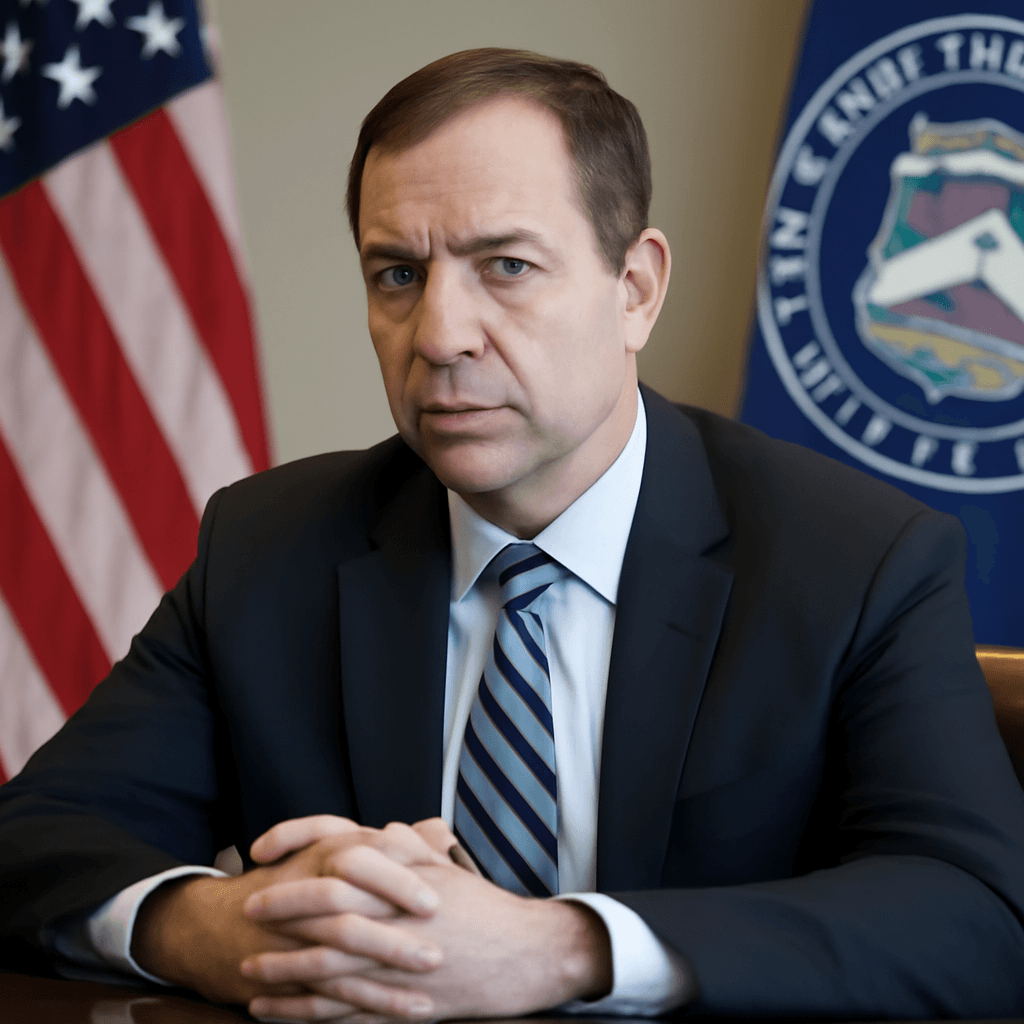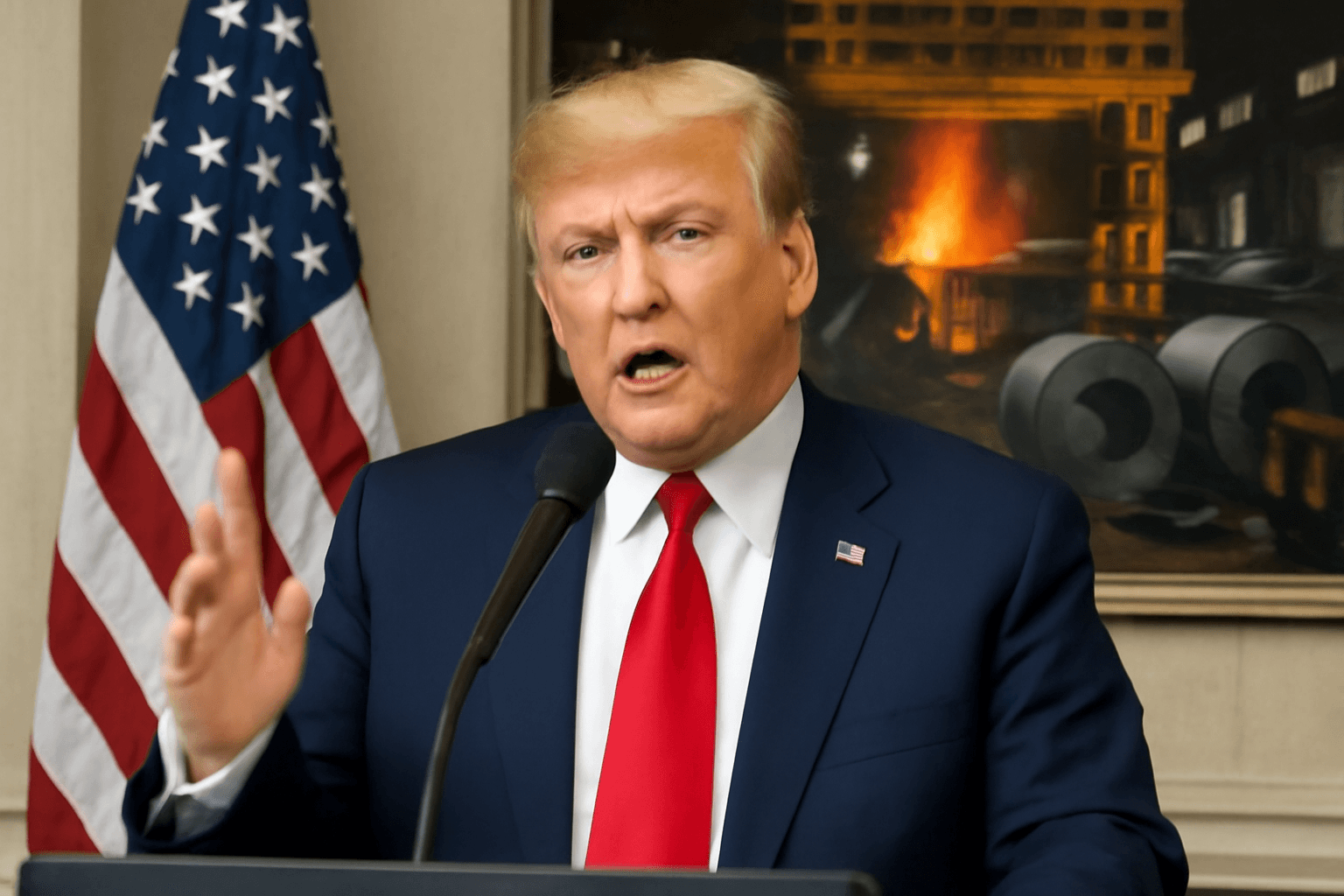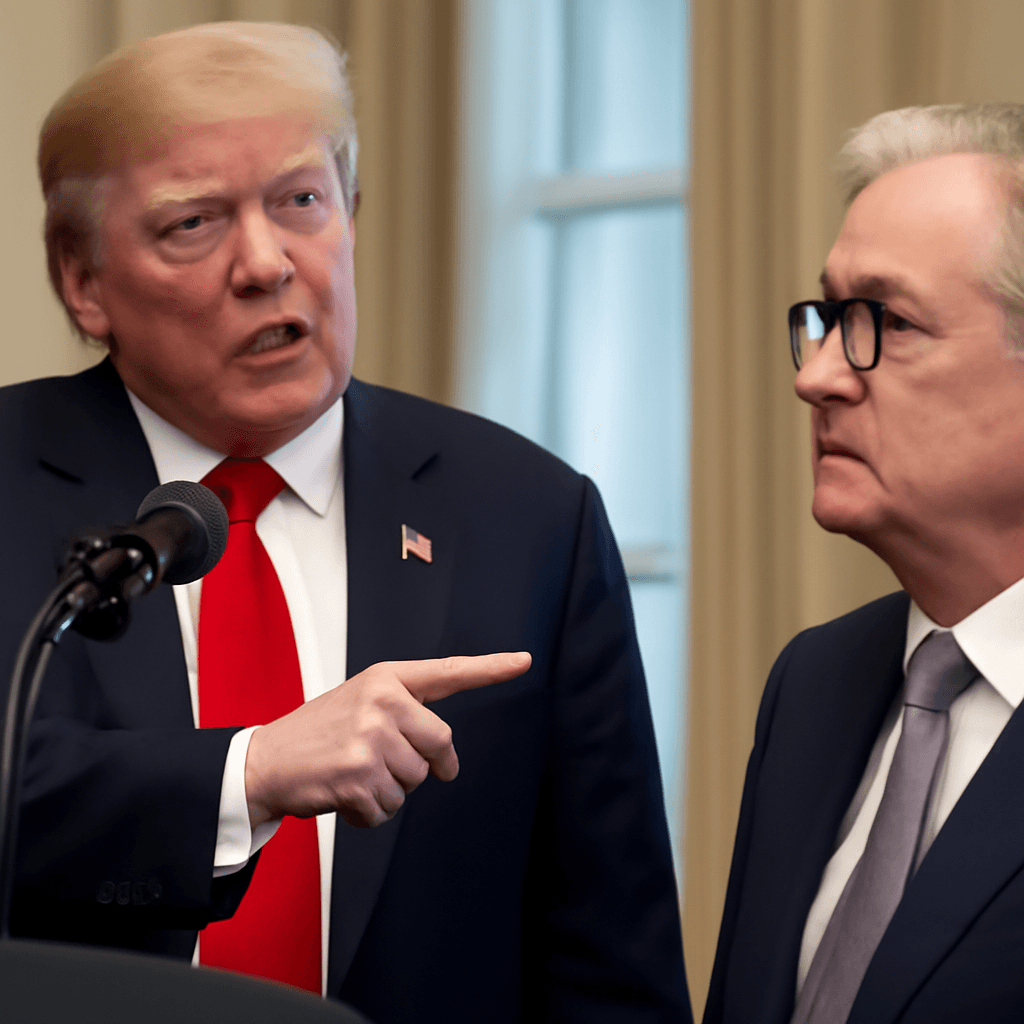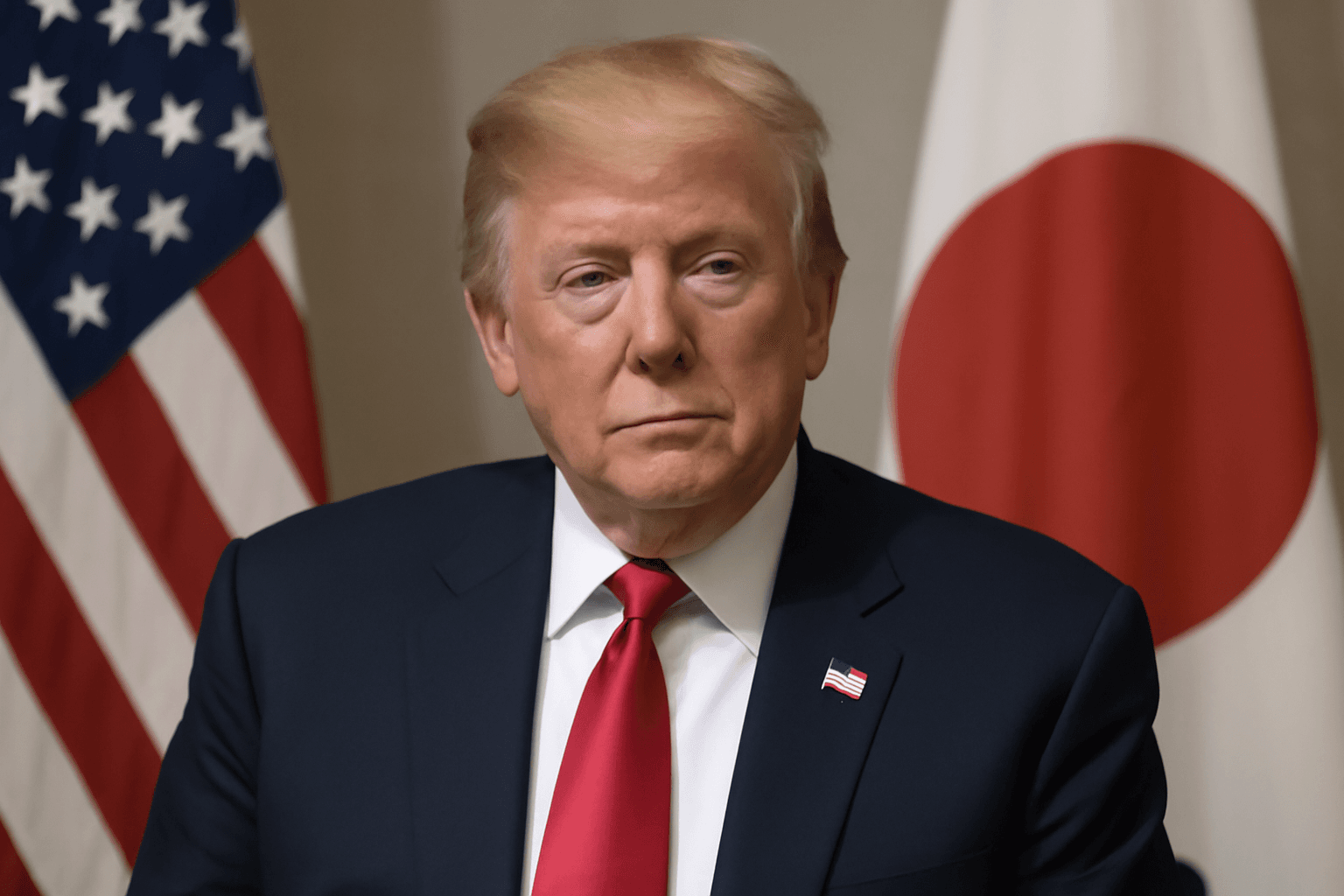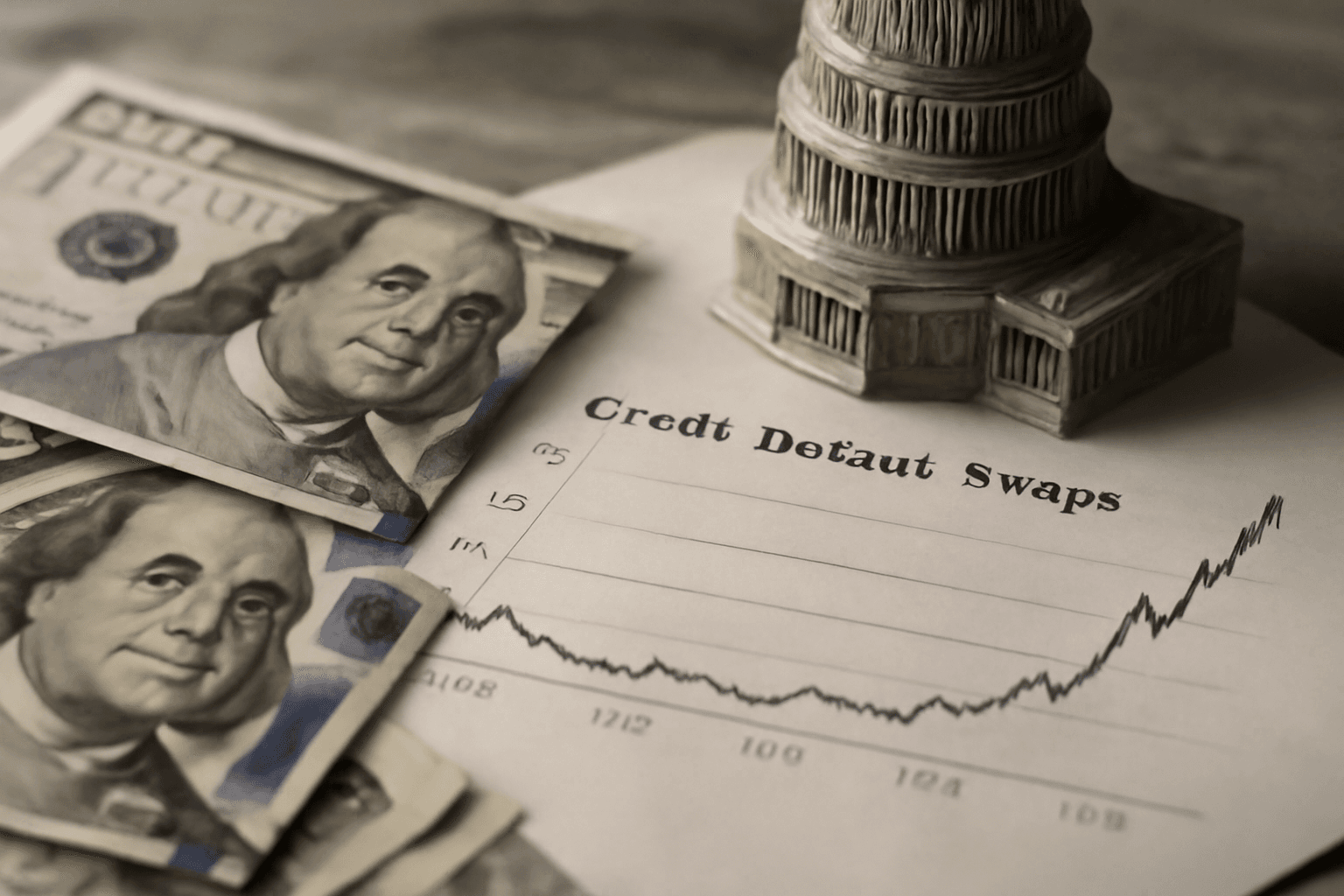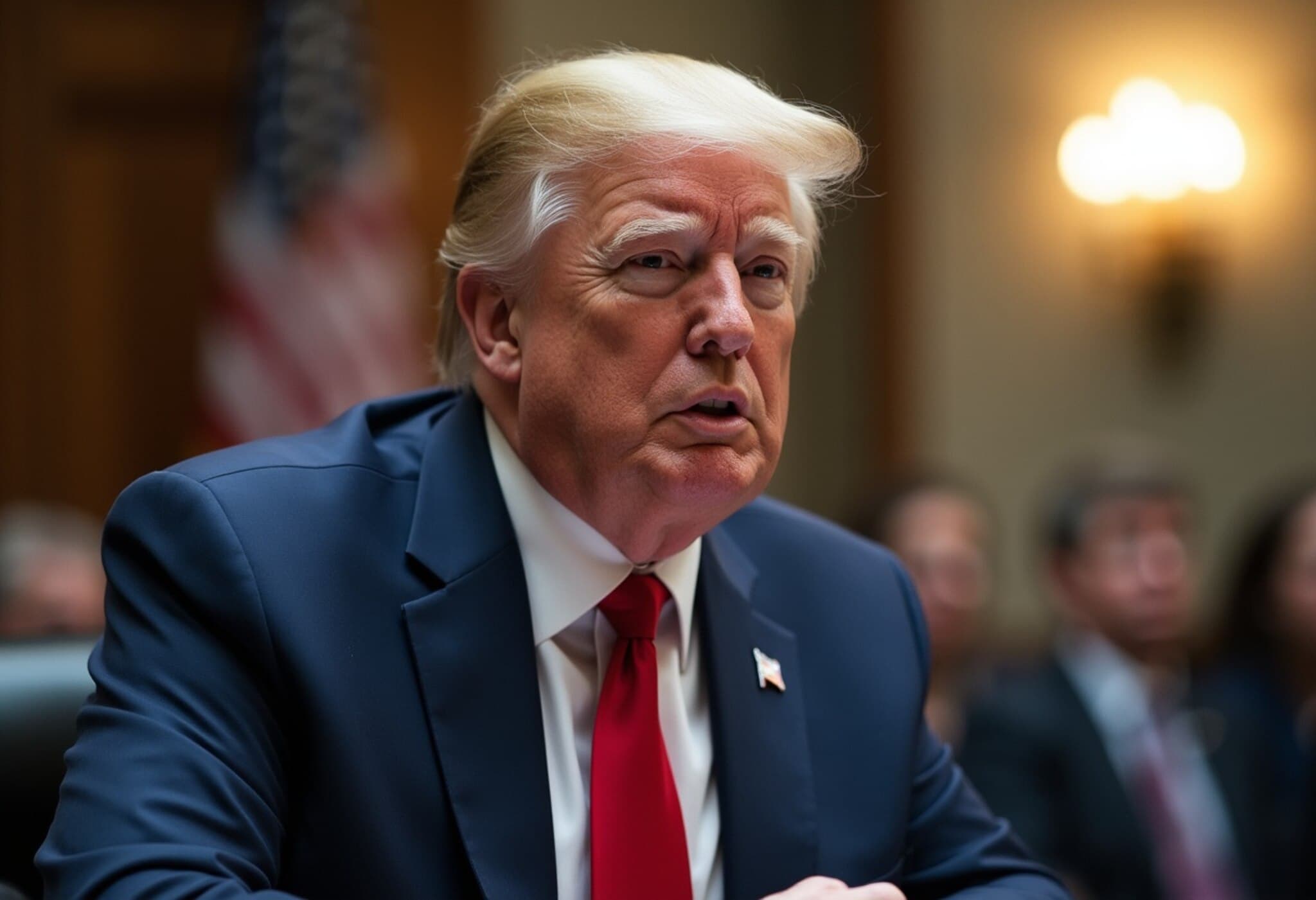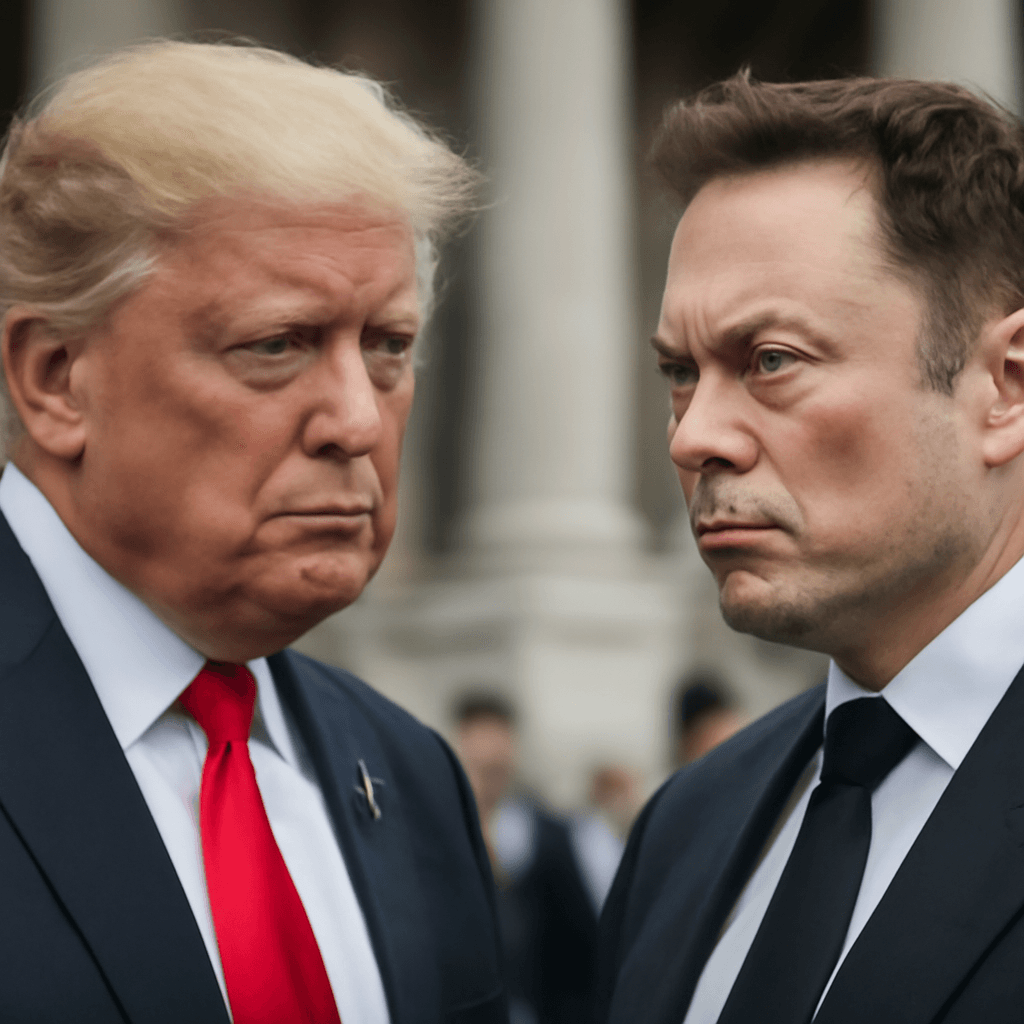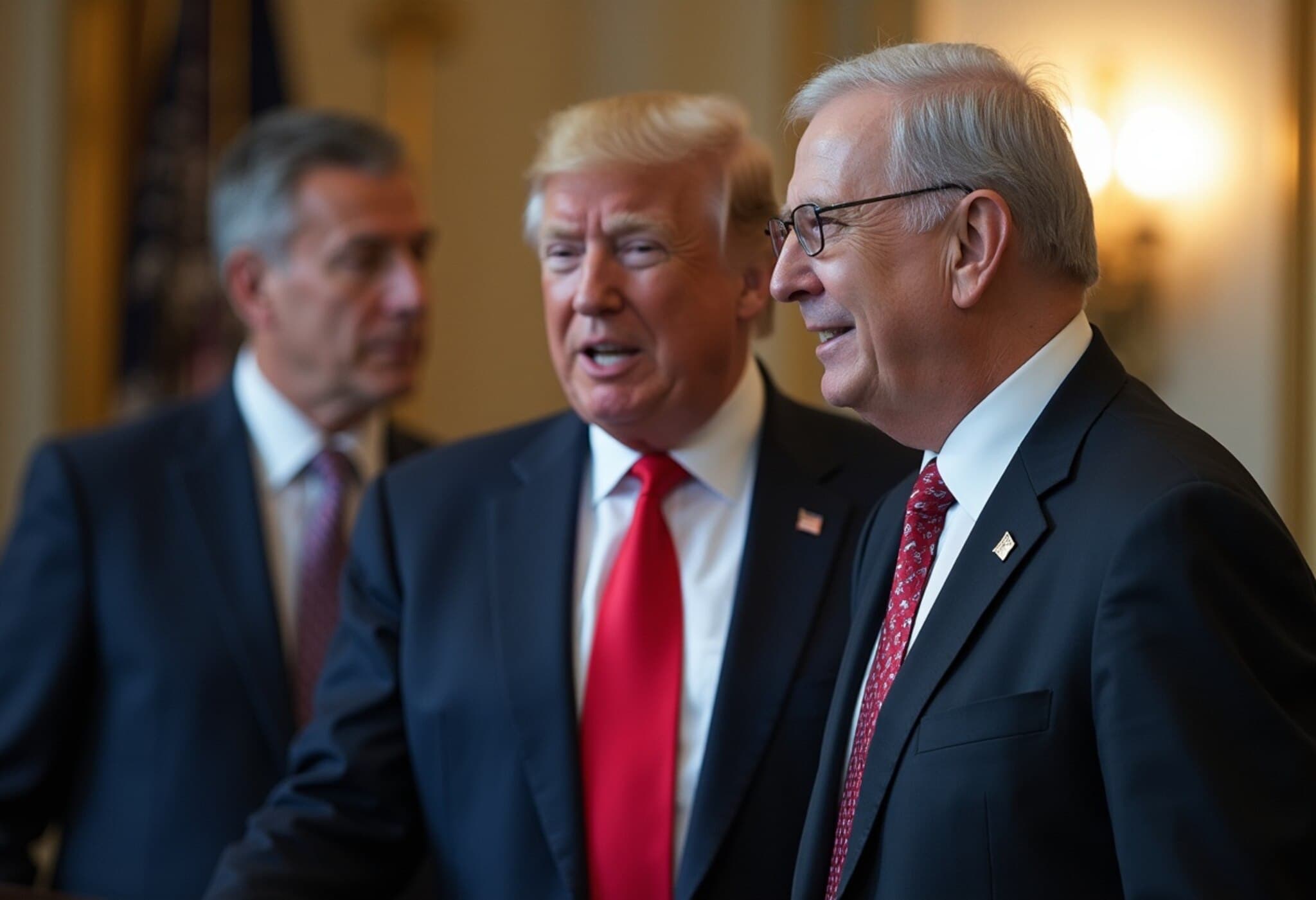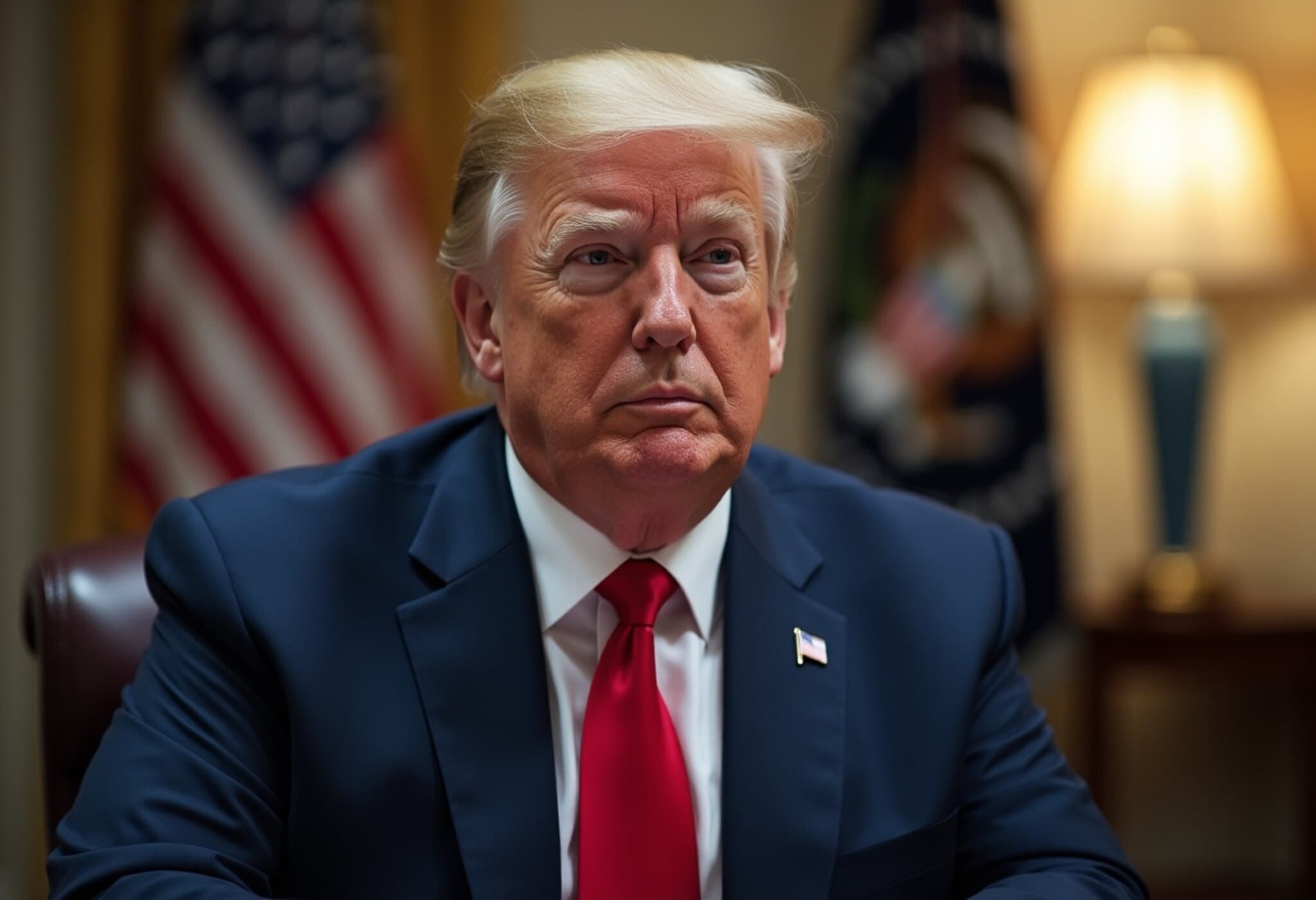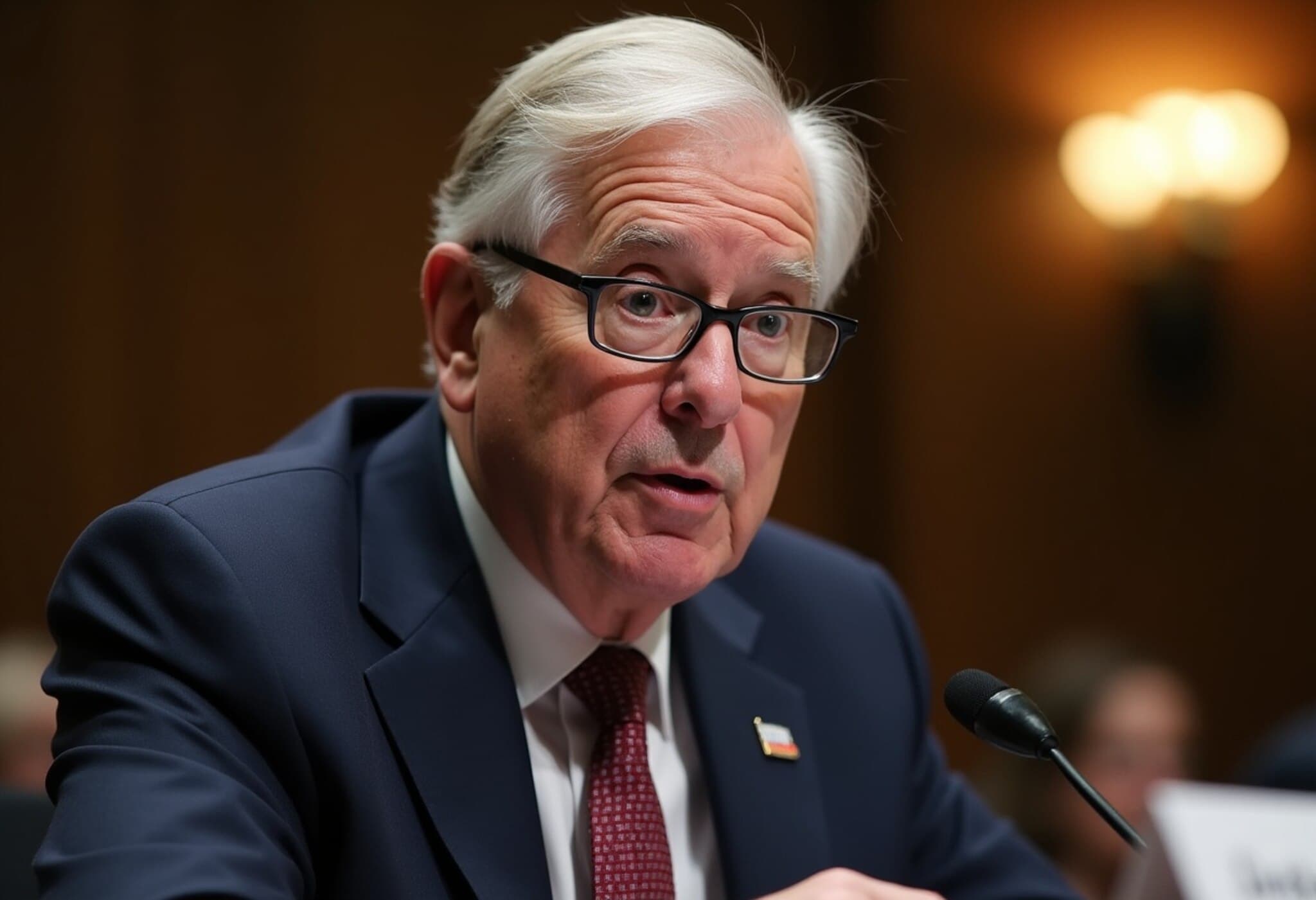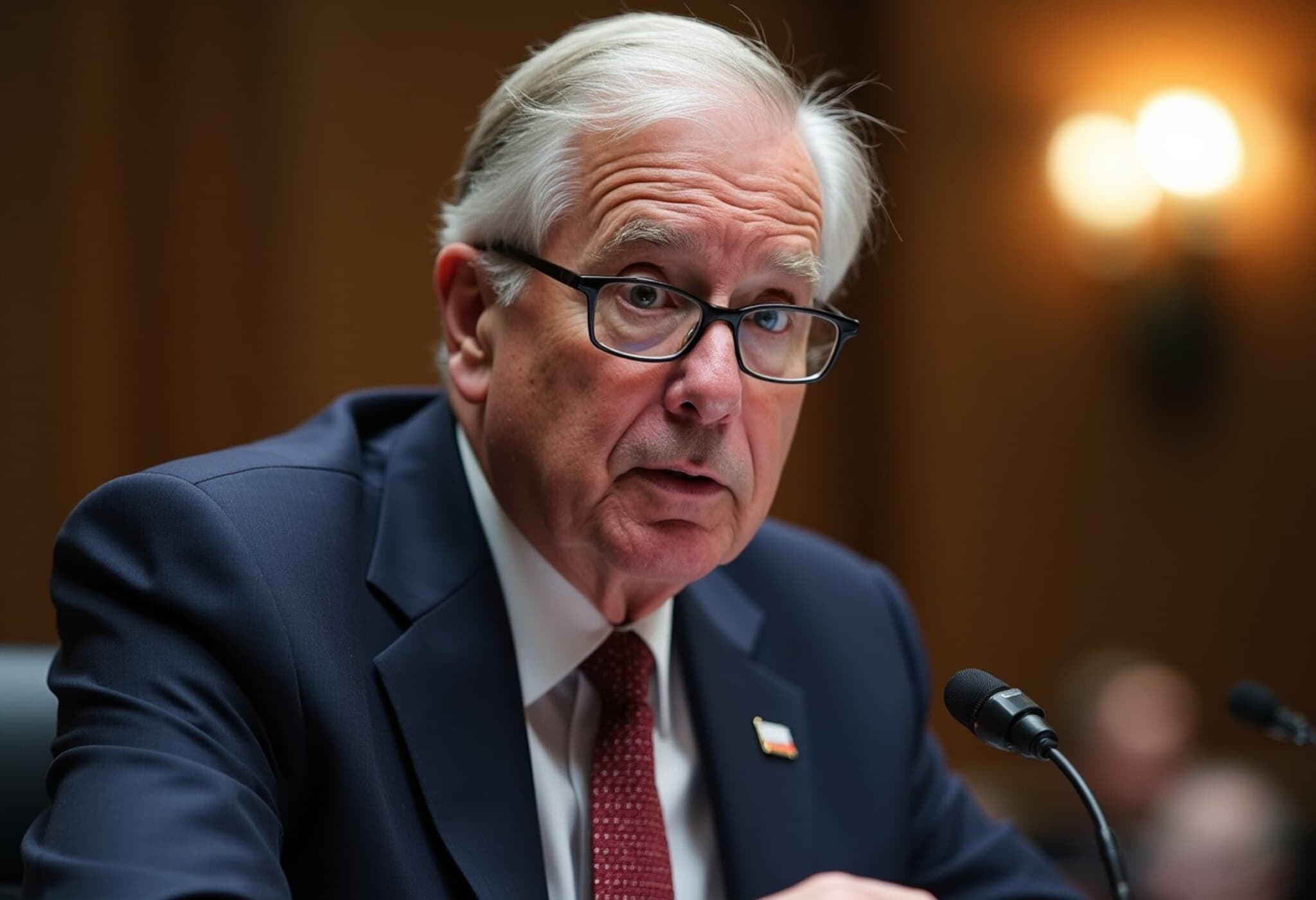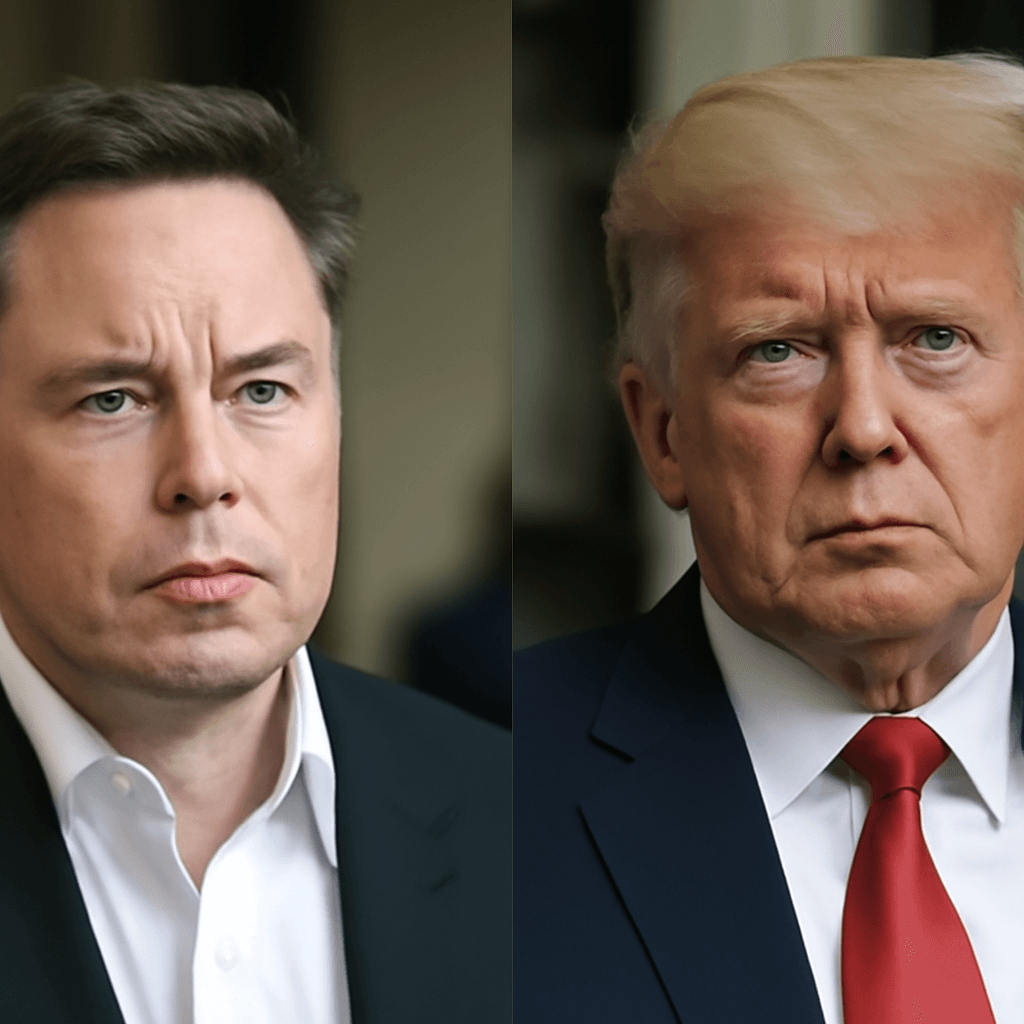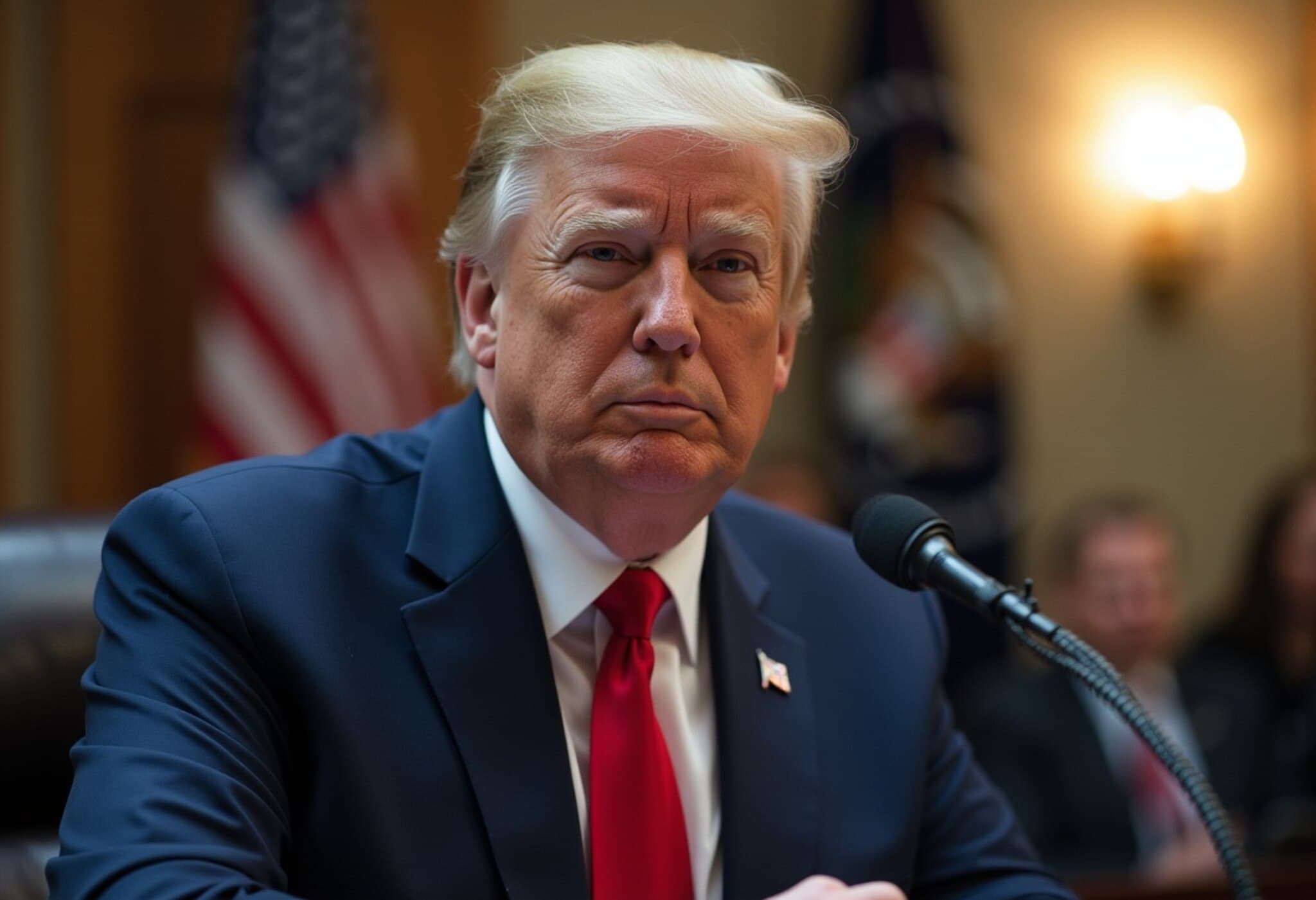US Economy Defies Expectations with Solid Growth in Mid-2025
In a stunning display of resilience, the United States economy expanded at an annualized rate of 3% in the second quarter of 2025, surpassing analysts' predictions and reigniting debate over the true impact of President Donald Trump’s controversial tariff policies. With unemployment steady at 4.2% and inflation hovering around 2.7%, key economic indicators suggest a healthier-than-expected outlook, offering fresh fodder for political and economic discourse.
Tariffs: Catalyst or Complication?
The Trump administration has touted these figures as vindication of their economic strategy, with Commerce Secretary Howard Lutnick calling it proof of a “Trump economy” in full swing. Meanwhile, National Economic Council Director Kevin Hassett hailed the latest GDP report as a “masterstroke,” asserting it defies recession fears sparked by tariff battles.
However, experts urge caution, noting that short-term volatility may obscure longer-term effects. Notably, the surge in imports before tariffs took effect artificially depressed GDP earlier in the year, complicating interpretations of the data. When imports normalized, growth bounced back, reflecting both consumer caution and strategic stockpiling ahead of tariff deadlines.
Economic Indicators Behind the Numbers
- Consumer Confidence: Rebounded from near-record lows to mid-60s in the University of Michigan survey, signaling improved household sentiment.
- Consumer Spending: Rose 1.4% in Q2 2025, a healthy increase from the previous quarter’s 0.5%, reinforcing economic momentum.
- Business Investment: Incremental growth in equipment and intangible assets, underpinning long-term productivity.
- Employment: Mixed signals, with modest job creation of 73,000 in July and downward revisions to prior months tempering optimism.
Expert Insights: Too Early to Declare a Victory
Leading economists, including Maurice Obstfeld of the Peterson Institute and Brookings Institution’s Louise Sheiner, urge a nuanced perspective. They argue that the unprecedented tariff environment has injected volatility into GDP data, calling for patience before concluding whether these growth figures reflect true resilience or are a temporary reprieve.
Justin Wolfers, a University of Michigan economist and frequent Trump critic, estimates a 40% chance of recession this year, reflecting policy uncertainties and ongoing market risks. Wolfers' popular phrase “Trump Always Chickens Out” (TACO) highlights the President’s pattern of aggressive tariff threats followed by partial reversals, further complicating economic forecasting.
Federal Reserve Dynamics: Navigating Inflation & Interest Rates
Federal Reserve Chairman Jerome Powell and his colleagues maintain a cautious stance, emphasizing data-driven decisions amidst persistent inflation concerns—currently moderate but not fully resolved. Despite President Trump’s vocal demands for cuts, the Fed’s board showed signs of internal division.
Notably, two Trump-appointed governors—Christopher Waller and Michelle Bowman—dissented from the Fed’s recent decision not to lower interest rates, arguing for proactive easing to bolster growth. This split underscores the ongoing tension between political pressures and central bank independence, with both officials considered potential successors to Powell.
Global Implications and the Road Ahead
On the international front, tariff policies adopted by the US reverberate globally, sparking concerns about their impact on worldwide supply chains and economic stability. Arthur Sinodinos, former Australian ambassador to the US, stresses that while the American economy remains robust, emerging price pressures and trade uncertainties warrant close monitoring.
Key Questions Moving Forward
- Will continued tariff negotiations clarify market expectations and reduce economic volatility?
- How sustainable is consumer spending growth amid lingering inflation and wage pressures?
- Can the Federal Reserve balance inflation control with growth support amid political friction?
- What broader ripple effects will US tariff policies have on the global economy in the coming quarters?
Editor’s Note: Navigating Between Optimism and Prudence
While the US economy’s recent performance appears promising, it challenges analysts and policymakers alike to disentangle temporary factors from underlying economic strength. The Trump administration’s tariff approach has undeniably reshaped trade dynamics, adding layers of complexity seldom seen before.
For readers and stakeholders, the key takeaway lies in cautious optimism tempered by a recognition of persistent uncertainties. Economic policies and geopolitical maneuvers will continue shaping narratives in real-time, requiring vigilant analysis beyond headline GDP figures.
As we watch this evolving story, one question remains: is this surge a testament to American adaptability and strength, or merely a momentary spike before more significant challenges unfold?


